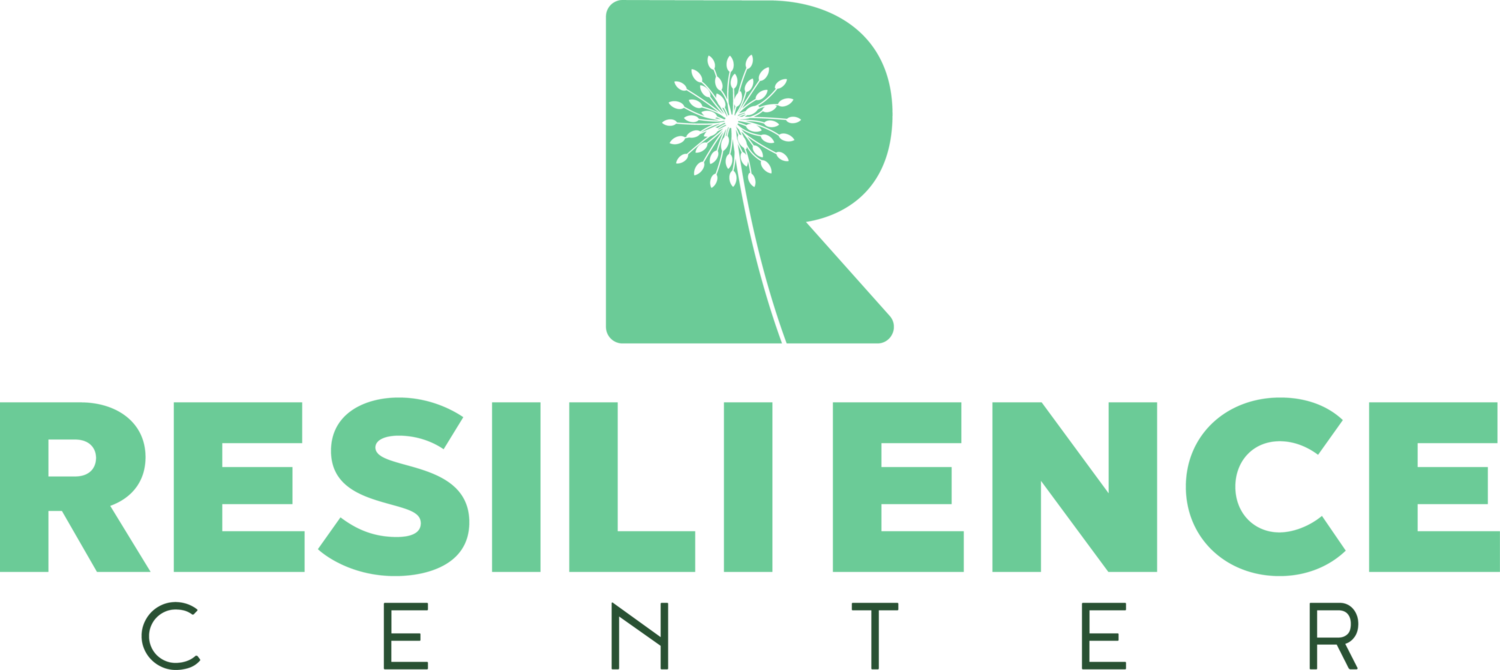What is the function of fitness?
If you look at the cover of Shape Magazine or other so-called “fitness” publications, you would think the function of fitness is to burn fat, have a toned body, flat abs, lean legs, and a firm butt. Literally, one headline calls out “Look Hot!”
Women’s Health doesn’t fare much better. Headlines offer a ride on the “Hot Body Express,” promising you can slim down and firm up fast if you only follow this tear-out workout routine for 14 days.
Beyond the disturbing message in all of these headlines that our bodies are mere sex-objects rather than the vehicle for our lives (one soapbox at a time, amiright?), we are totally missing the point of exercise and the function of fitness.
Here are some actual functions of fitness:
- Lower blood pressure and heart rate
- Strengthen muscles to improve chronic pain conditions
- Increase bone density
- Decrease harmful effects of stress hormones
- Improved lung capacity and function
- Increased endurance to chase toddlers
- Better coordination, flexibility, and agility
- Improved balance and spatial awareness (proprioception)
- Better sleep
- Stress management and improved mental health
- Improved immune system functioning
Here’s the thing, though. Those benefits start to disappear if you are underfed (eating less than required) or over-exercising.
So how do you know if you’re getting too much of a good thing?
Normal exercise involves two critical behaviors:
- Adequate rest. Additional rest when injured to achieve full recovery.
- Taking in adequate energy in correctly timed intervals to stay strong and at peak performance at all times. Any accidental undernourishment is quickly rectified. “
Translation?
If you are exercising every day for hours and/or not eating enough to sustain your activity (meaning, eating more than the bare minimum required, since you need the extra energy), then it may help to take a look at your relationship to exericise.
Below is an excerpt from an ED Institute article: Exercise as a Way to Restrict
Here are the six facets that are used to determine whether anything has become an addiction (including exercise):
- Salience: does the activity become the most important one in a person’s life? Do they think about it more than anything else? Do they crave it or feel they are suffering without it? As soon as they are not doing the activity are they planning when they can next do the activity? Do they forego other previously pleasant activities in their lives so they can do the activity in question?
- Mood modification: That’s the subjective feeling of the “high”. The feeling of “in the zone” or “meditative” or “calming”, “neutralizing other stresses”.
- Tolerance: Needing to increase the amount and time dedicated to the activity to get the same levels of mood modification.
- Withdrawal Symptoms: Irritability, short-tempered, jumpiness, anxiety when unable to do the activity in question.
- Conflict: Interpersonal issues arising with loved ones and friends as a result of the activity. Family and friends expressing their anxiety, concern or irritation with the person’s focus on the activity. Intrapersonal conflict where the person experiences guilt or anxiety that she is harming herself and others with her focus on the activity.
- Relapse: Attempts to avoid or moderate the involvement in the activity are punctuated with repeated returns to the activity at a quickly restored or even heightened level than before.
To recap:
If you feel you can’t get through a day without exercise, you can’t manage your mood without it, you are exercising more and more, you get cranky when you can’t hit the gym, and you keep going even when you are tired or hurting, I have to question if what you’re doing is really about health. Because none of that sounds healthy.
Now, I’m not anti-exercise. I just believe in finding exercise or movement that energizes you and compliments your unique health goals – both physical and emotional. You do not have to “earn” your food in the gym or punish yourself with exercise for eating. The goal of exercise, of fitness, is not to burn fat or have toned arms or to be sexy for anyone else, but to celebrate what your body is capable of and to provide it another tool to stay healthy.
For further inspiration, check out this video smashing body size/fitness stereotypes by REI.


